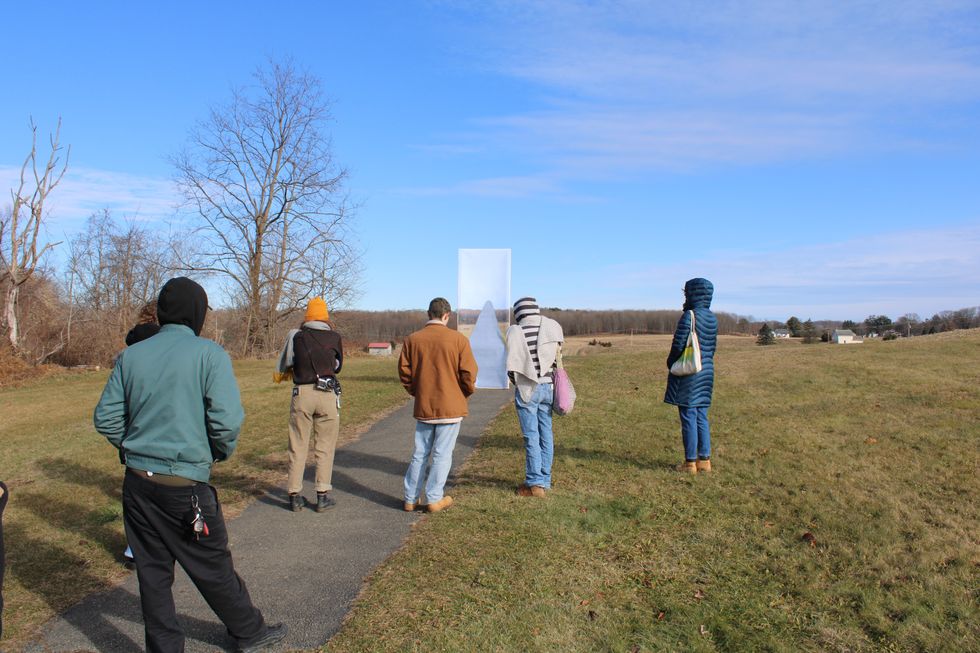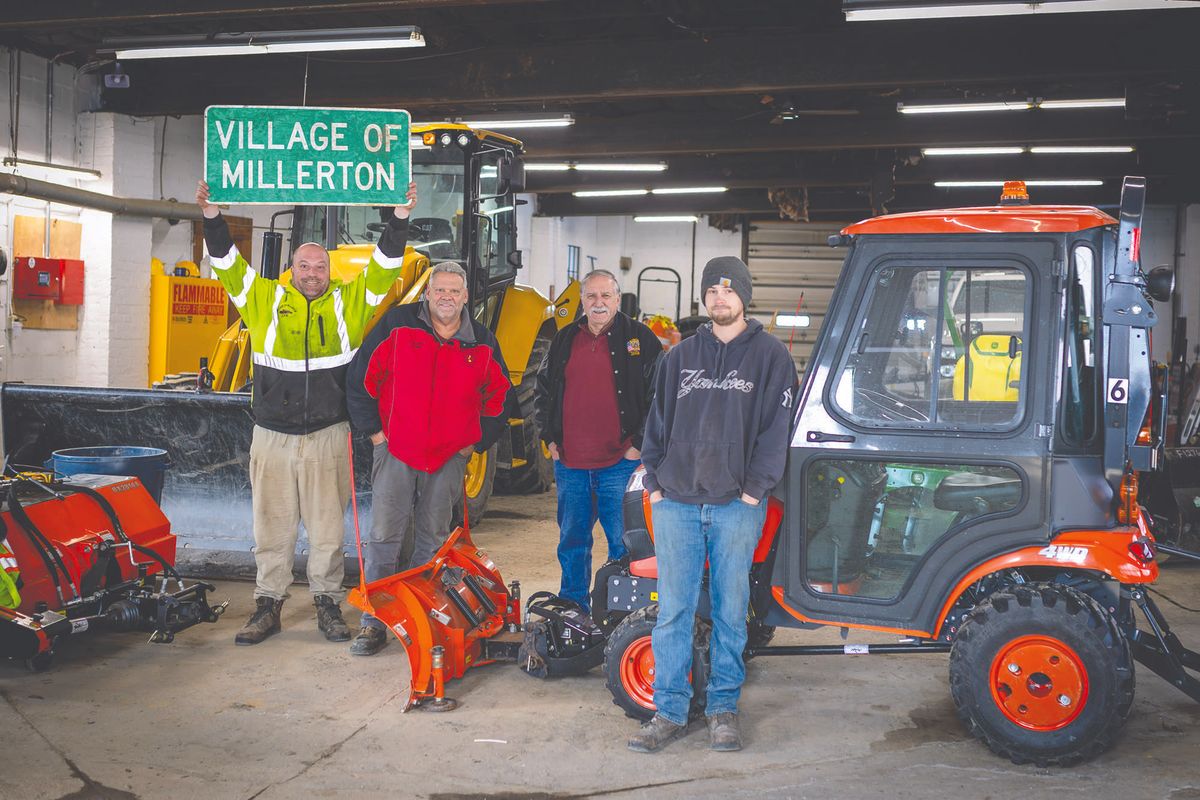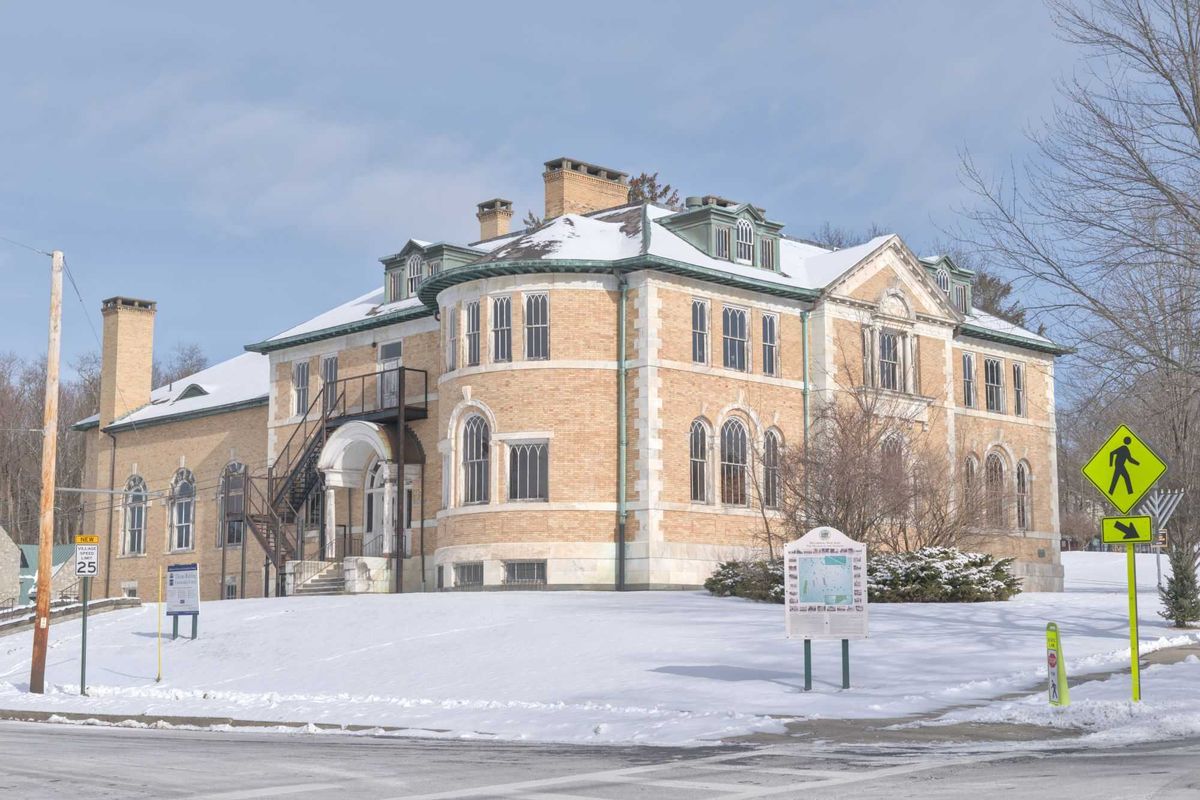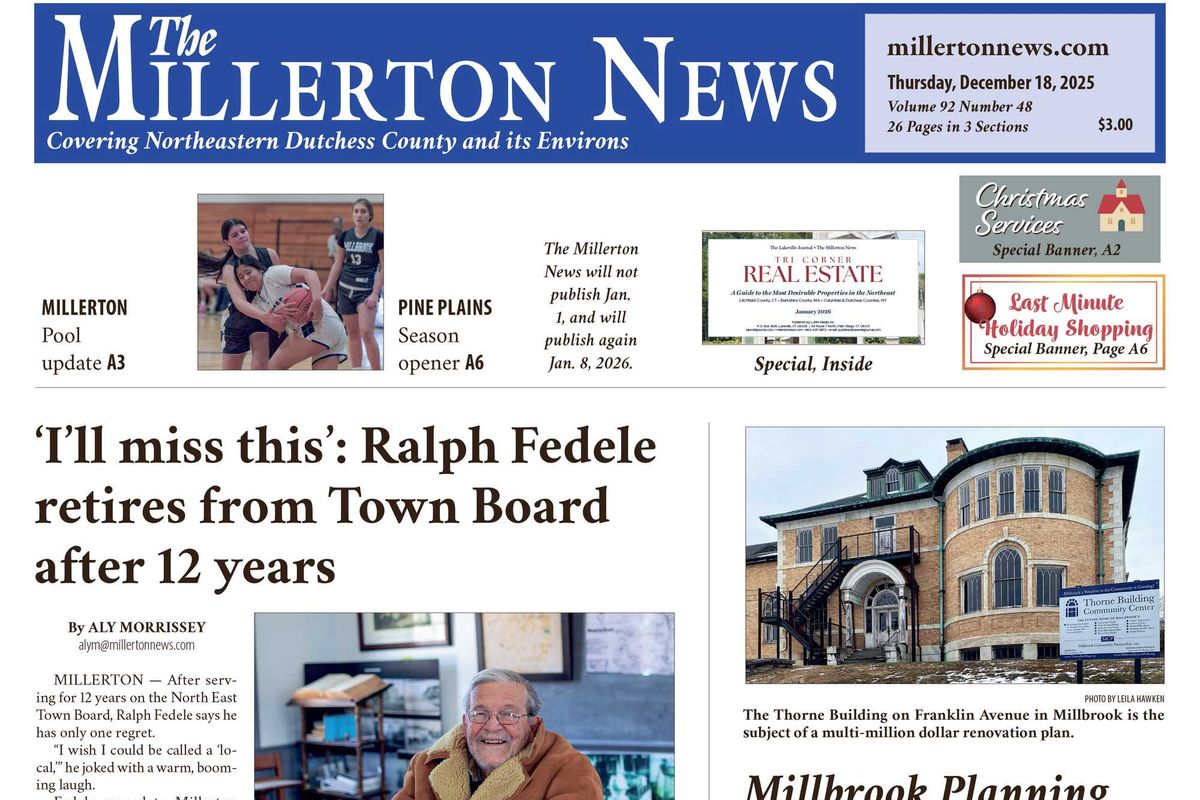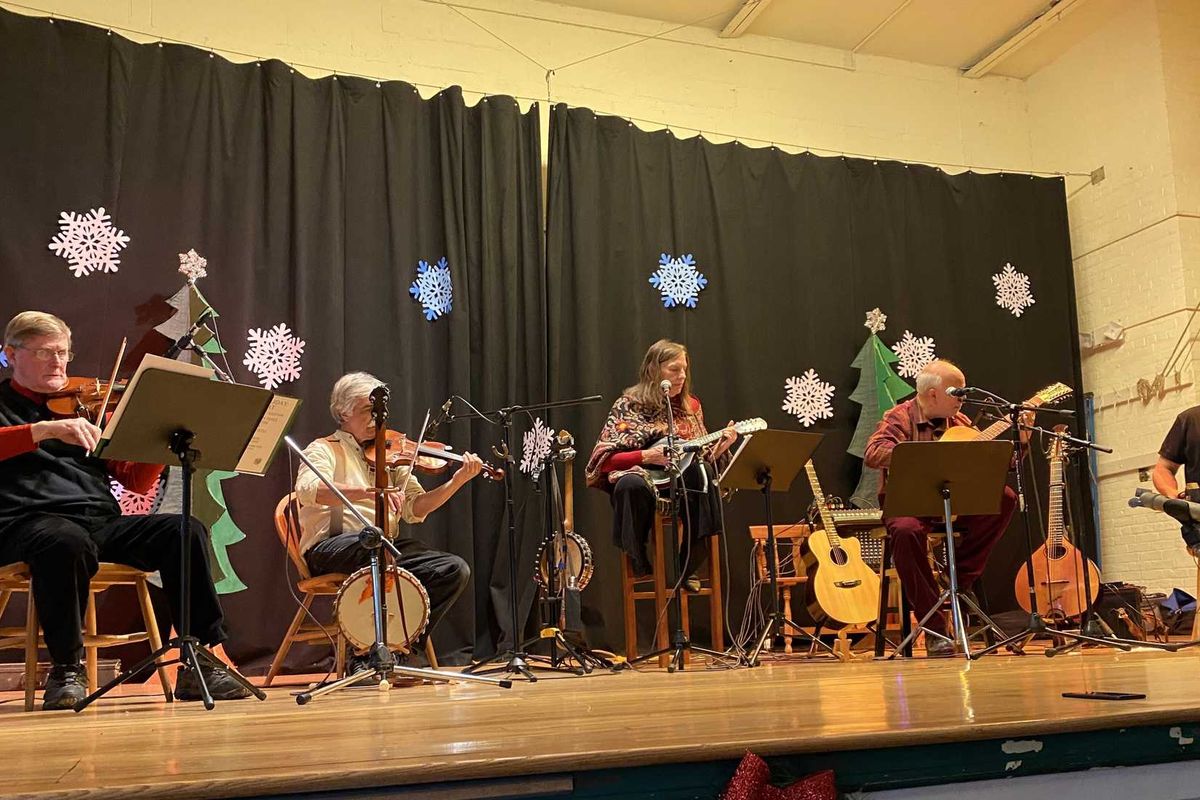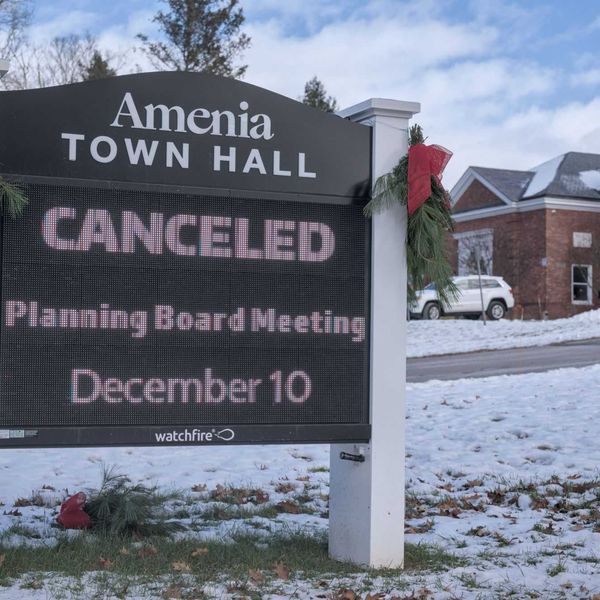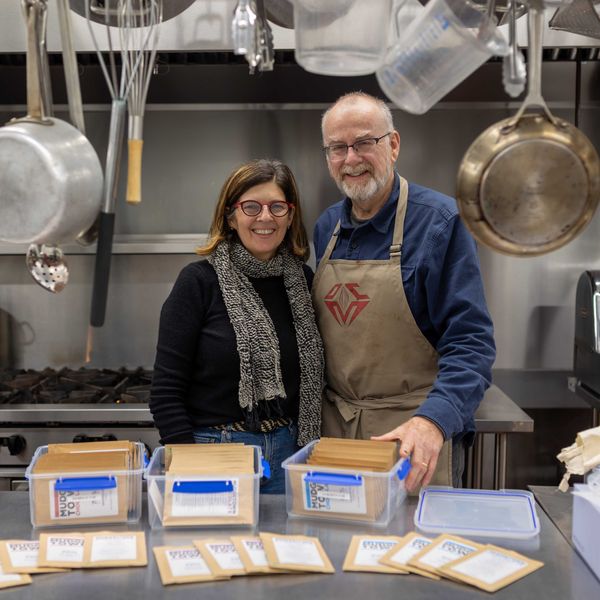New public artworks by Bard students on display in Dutchess and Columbia counties

A billboard by Bard College student James Wise was displayed at 3391 US-9 in Hudson from Dec. 20, 2023 - Jan. 17, 2024. Titled “How Long Will We Be Driving?”, the billboard questions the increasing dependence on artificial intelligence and its consequences. The billboard was part of Shandaken Projects’ public art initiative 14x48.
Photo courtesy Bard College

